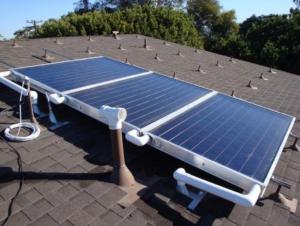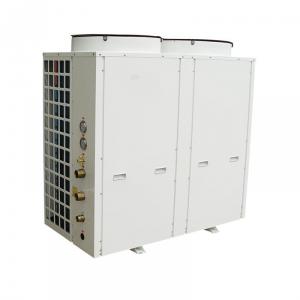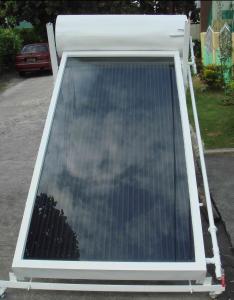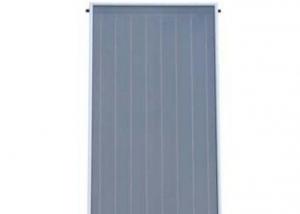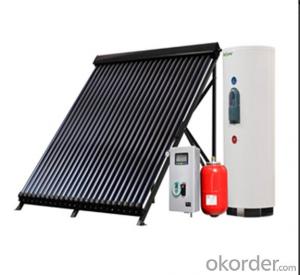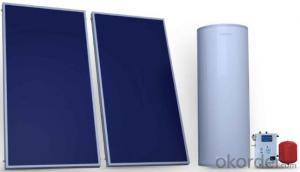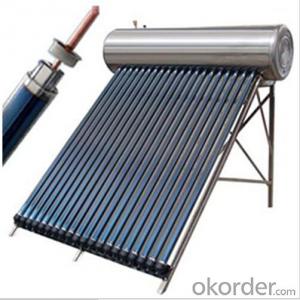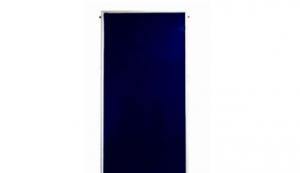Aluminum Plate Heater
Aluminum Plate Heater Related Searches
Led Light Bulbs For Ceiling Fixtures Led Lamps For Ceiling 42 In Ceiling Fan With Light Aluminum Coil Stock For Gutters Aluminum Foil For The Grill Hole Saw For Aluminum Plate Aluminum Tread Plate For Trailer Bow Plate For Aluminum Boat Aluminum Foil For Grow Room Aluminum Foil For Joint PainHot Searches
Stock Price For Aluminum Aluminum Coil Stock For Sale Aluminum Gutter Coil For Sale Used Aluminum Scaffolding For Sale 1/4 Aluminum Plate For Sale Aluminum Bar Stock For Sale Aluminum Round Stock For Sale Aluminum Diamond Plate For Sale Aluminum Scaffolding For Sale Craigslist 6061 Aluminum Plate For Sale Aluminum Dock Plate For Sale 7075 Aluminum Plate For Sale Aluminum Tread Plate For Sale Aluminum Checker Plate For Sale Aluminum Plate For Sale Near Me Plate Aluminum For Sale Aluminum Plate For Sale Aluminum Square Stock For Sale Aluminum Flat Stock For Sale Billet Aluminum Stock For SaleAluminum Plate Heater Supplier & Manufacturer from China
Okorder.com is a professional Aluminum Plate Heater supplier & manufacturer, offers integrated one-stop services including real-time quoting and online cargo tracking. We are funded by CNBM Group, a Fortune 500 enterprise and the largest Aluminum Plate Heater firm in China.Hot Products
FAQ
- A flat plate collector and an evacuated tube collector are two different types of solar water heaters, each with its own advantages and disadvantages. A flat plate collector consists of a flat, rectangular box with a transparent cover, usually made of glass, and a dark-colored absorber plate inside. The plate absorbs the sunlight and transfers the heat to a fluid (usually water or a mixture of water and antifreeze) that circulates through the collector. The fluid then carries the heat to a storage tank or directly to the desired application. On the other hand, an evacuated tube collector consists of a series of parallel glass tubes, each containing a metal absorber tube. The air is removed from the space between the two tubes, creating a vacuum, which helps to minimize heat loss. The absorber tube absorbs the sunlight and transfers the heat to the fluid that flows through it. One of the main differences between the two collectors is their efficiency. Evacuated tube collectors are generally more efficient than flat plate collectors, especially in colder climates or during cloudy days. The vacuum insulation in evacuated tubes reduces heat loss, allowing them to collect more solar energy even in less favorable conditions. Another difference is their resistance to overheating. Flat plate collectors can sometimes overheat in hot climates or during summer months, which can reduce their efficiency and even damage the system. On the other hand, evacuated tube collectors have a higher tolerance for high temperatures, making them more suitable for areas with intense sunlight or during peak summer conditions. In terms of cost, flat plate collectors are usually less expensive than evacuated tube collectors. The manufacturing process of flat plate collectors is simpler and requires fewer materials. However, the higher efficiency and durability of evacuated tube collectors can offset their initial cost over time, as they tend to have a longer lifespan and lower maintenance requirements. Overall, the choice between a flat plate collector and an evacuated tube collector depends on various factors such as climate, budget, available space, and desired performance. It is important to evaluate these factors carefully to determine which type of solar water heater is the most suitable for a specific application or location.
- How to clean solar water heater
- 3, take out the vacuum tube in the water drained, the scale is poured out, the scale is mixed with water in the vacuum tube, not like that in the thermos bottle water bile paste around the vacuum tube, and then into the vacuum tube add some clean water, rinse clean, so repeated several times the vacuum tube clean up, one by one to each vacuum tube is clean, check each tank vacuum tube is arranged in the hole of the sealing ring is intact, if damaged, should be replaced with a new sealing ring, to prevent the water in the water tank is leaking from the vacuum tube sealing ring;4, and then into the water tank, when the water from the water tank to install a vacuum tube after the outflow of the hole, and then one by one to install the vacuum tube to the water tank, cleaning the scale of the work is completed.
- Yes, a solar water heater can certainly be used in an off-grid setting. In fact, it is a popular choice for those living in remote areas or off-grid locations where access to electricity or gas is limited. Solar water heaters rely on the sun's energy to heat water, and they do not require any external power sources to operate. They typically consist of solar panels or collectors that absorb sunlight and transfer the heat to a storage tank where the water is stored and heated. This stored hot water can then be used for various purposes such as bathing, cooking, or cleaning. Since solar water heaters operate solely on solar energy, they are an excellent sustainable and cost-effective solution for off-grid living, reducing reliance on traditional energy sources while providing hot water throughout the day.
- The quality of water can significantly impact the performance of a solar water heater. Hard water, which contains high levels of minerals like calcium and magnesium, can cause mineral buildup and scaling inside the system's pipes and components. This can reduce the efficiency of heat transfer, hinder the flow of water, and potentially damage the equipment over time. Additionally, water with high levels of impurities or sediments can clog the system's filters and reduce its overall effectiveness. Therefore, it is crucial to ensure that the water used in a solar water heater is of good quality to optimize its performance and longevity.
- Yes, a solar water heater can still be used in areas with high levels of dust or dirt. However, it is important to regularly clean and maintain the solar panels to prevent any significant reduction in efficiency.
- The orientation of the solar panels greatly affects the performance of a solar water heater. Ideally, the panels should face true south in the northern hemisphere and true north in the southern hemisphere to receive maximum sunlight throughout the day. Proper orientation ensures that the panels capture more sunlight, leading to increased energy production and higher efficiency in heating the water.
- Yes, a solar water heater can still be used in areas with high levels of air pollution from power plants. The efficiency of the solar water heater may be slightly affected due to reduced solar radiation reaching the panels. However, as long as the solar panels are regularly cleaned and maintained, they can still effectively generate hot water using sunlight as their primary energy source.
- The orientation and tilt of a solar water heater significantly impact its efficiency. Properly orienting the solar panels towards the sun and tilting them at an optimal angle allows for maximum exposure to sunlight. This ensures that the panels receive the most direct sunlight throughout the day, increasing their efficiency in converting solar energy into heat. Incorrect orientation or tilt can result in reduced sunlight absorption, leading to decreased efficiency and lower water heating capabilities.



































